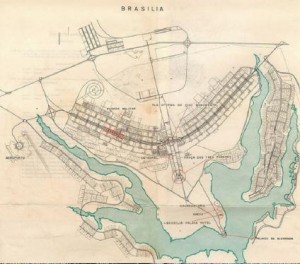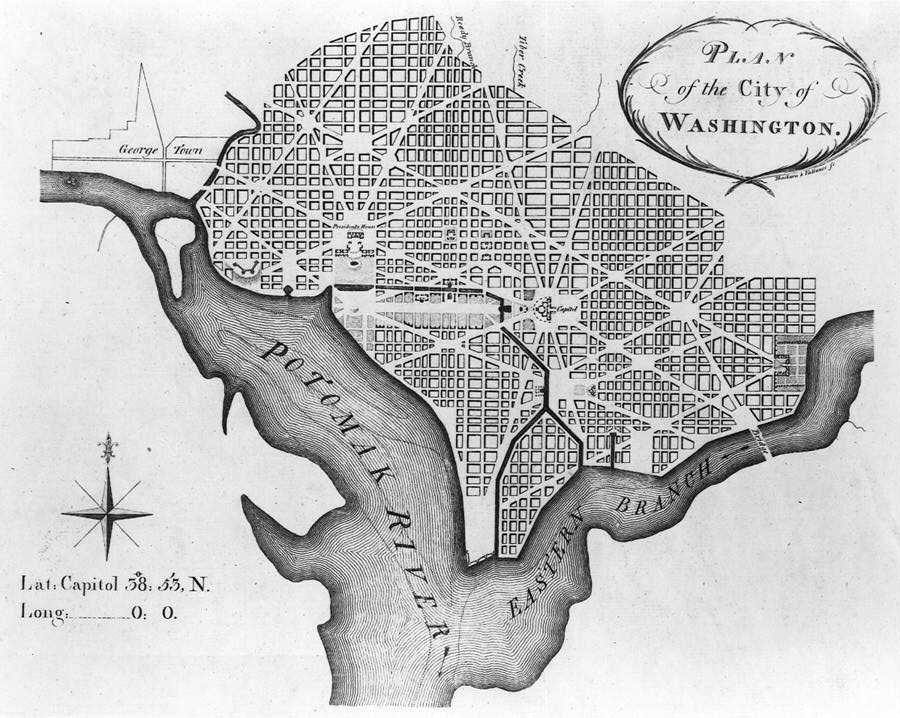
 Effective management of any landscape or seascape must attend to context such as unique attributes of the ecosystem, local cultural values and norms, and broader governance constructs. Conservation managers often joke that the best way to incorporate this context is to install a benevolent dictator at the helm. His or her role would be to see the big picture and make decisions based on expected community benefits. Others would call the term benevolent dictator an oxymoron – but there have been some documented cases of such idealistic planning. Sadly, it seems such “high modernism” is not the answer. In his book Seeing Like A State, James Scott documents cases of agricultural land, cityscapes, and whole communities that ended up having unexpected consequences to high modernist rule due to incomplete foresight and incorrect prediction of people’s reactions. He cites these examples as warnings for the modern conservation movement as they choose between philosophies to move forward.
Effective management of any landscape or seascape must attend to context such as unique attributes of the ecosystem, local cultural values and norms, and broader governance constructs. Conservation managers often joke that the best way to incorporate this context is to install a benevolent dictator at the helm. His or her role would be to see the big picture and make decisions based on expected community benefits. Others would call the term benevolent dictator an oxymoron – but there have been some documented cases of such idealistic planning. Sadly, it seems such “high modernism” is not the answer. In his book Seeing Like A State, James Scott documents cases of agricultural land, cityscapes, and whole communities that ended up having unexpected consequences to high modernist rule due to incomplete foresight and incorrect prediction of people’s reactions. He cites these examples as warnings for the modern conservation movement as they choose between philosophies to move forward.
 The first example comes from global agriculture and “father of the Green Revolution” Norman Borlaug. Under the motivation of world famine across the developing world, Borlaug created the system of agriculture seen today across the globe. This system consists of monoculture fields of specialty hybrid varietals requiring inputs of fertilizer and pesticides. The goal was to produce more food on the same plots of land. However, pests soon became resistant to the pesticides used and soil erosion from intensively cropped fields dropped the yields back to at or below what they were previous to intervention. As a result, many people have returned to their traditional cropping techniques, especially in the developing world. The United States is just beginning these realizations, as Borlaug’s system worked best in its country of origin and was perpetuated through government subsidies of inputs.
The first example comes from global agriculture and “father of the Green Revolution” Norman Borlaug. Under the motivation of world famine across the developing world, Borlaug created the system of agriculture seen today across the globe. This system consists of monoculture fields of specialty hybrid varietals requiring inputs of fertilizer and pesticides. The goal was to produce more food on the same plots of land. However, pests soon became resistant to the pesticides used and soil erosion from intensively cropped fields dropped the yields back to at or below what they were previous to intervention. As a result, many people have returned to their traditional cropping techniques, especially in the developing world. The United States is just beginning these realizations, as Borlaug’s system worked best in its country of origin and was perpetuated through government subsidies of inputs.

The second example comes from Brasilia, Brazil and the mind of then-president Kubitschek. Brasilia is a planned city built before any residents were present, designed to serve as the hub of government activity in the forest state of Amazonia. Grandiose government buildings were matched with equally austere housing for the new government employees. The structure and offerings of the city were meant to transform the residents there into “new Brazilians”, or high class global citizens. State-of-the-art architecture offered advances in sanitation, transportation, and leisure spaces. However, planners neglected to take into account severe inequalities present in Brazil, especially present in Amazonia. Brasilia’s new residents hired locals to cook, clean, nanny, mend clothes, and other services vital to city life – at a ratio of nearly 3:1. However, the housing available was outside the reach of a service salary, so shantytowns quickly grew around the borders of the city. They started out full of temporary construction worker housing and continued to house the service workers after completion of the city. By refusing to acknowledge these services were necessary, the planners of Brasilia actually made the living standards of many of the “new Brazilians” worse.

The final example comes from community planning in Tanzania known as villagization, led by head of state Nyerere. The plan was executed from 1973-1976 as a development and welfare project meant to connect citizens to each other and to national markets as well as promote modern agriculture. Over 5 million people were moved into planned villages built by the national government. However, the village planners had paid no attention to traditional pastoralist and cultivator practices and gradually the villages turned into large farms owned by one wealthy family and worked by wage laborers. Realizing that rural Tanzanians no longer wanted to willingly participate in villagization, Nyerere began offering incentives such as schools and hospitals in an attempt to resist the use of force for the process. In the end, however, the villages proved to be both economic and environmental failures and the program was abandoned.
Institutions, especially those erected in concrete and steel, are difficult to fix and even harder to dismantle in the face of recognized failure. In addition, even the softer parts (like staff) tend not to be able to learn from the reactions of citizens or negative environmental outcomes because they are not set up to consider feedback. Instead, ideal management should instead follow four key principles in their design and remain flexible during implementation: a) matching scales of information, governance, and the system to be managed, b) participation, c) internalization of environmental costs of production, and d) adaptive management to recognize natural dynamics in the system. We’ll cover each of these in more detail later in this series.
 On a more personal note, after reading Scott’s book, my entire lab group started noticing local examples in city planning in North Carolina and in our hometowns. Take L’Enfant’s Washington DC plans, above; the spiderweb intersections have become legendary traffic circles once cars were introduced to DC residents. We may have realized, as an academic community, that the principles of high modernism have not been successful, but they are still implemented every day. Please add to the discussion here with your own personal stories.
On a more personal note, after reading Scott’s book, my entire lab group started noticing local examples in city planning in North Carolina and in our hometowns. Take L’Enfant’s Washington DC plans, above; the spiderweb intersections have become legendary traffic circles once cars were introduced to DC residents. We may have realized, as an academic community, that the principles of high modernism have not been successful, but they are still implemented every day. Please add to the discussion here with your own personal stories.
ps. Credit for the title goes to SFriedScientist
One examples that’s been cropping up along with the open access movement is the way internet tech is evolving. Most of the principles of web design and data transfer have assumed a solid cable-based data transfer system. What we’re seeing now is that countries are eschewing the infrastructure necessary for hard line connections in favor of cell phone systems, so all these systems that rely on essentially unlimited bandwidth to function don’t work.
If you are interested in further reading on the topic, an interesting older (1980) book is Peter Hall’s Great Planning Disasters. His case studies are London’s third airport and London’s comprehensive highway system, neither of which was ever built; the SST, which, after enormous expense and mission drift, became the Concord; and BART and the Sydney Opera House, which, while admired today, were also enormously expensive and controversial in their day and still had critics after their completion who thought the result didn’t justify the bother.